Managing Forests for Multiple Uses: Timber, Recreation, and Wildlife
- August 16, 2024
- 0 comment
Managing forests for multiple uses is a delicate balance that requires careful planning and execution to meet diverse objectives such as timber production, recreational opportunities, and wildlife conservation. These varied uses often intersect, necessitating a holistic approach that considers the ecological, economic, and social dimensions of forest management. Timber production must be sustainable, ensuring that logging practices do not deplete forest resources or harm the ecosystem. Recreational activities, such as hiking, camping, and wildlife viewing, need to be designed to minimize environmental impact while enhancing visitor experience.
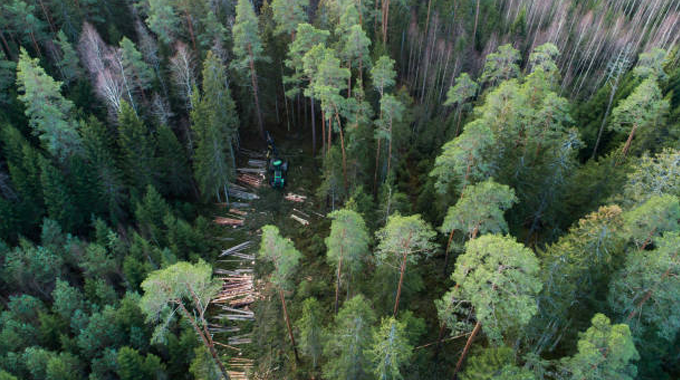
Wildlife conservation efforts must protect habitats and biodiversity, supporting species that rely on forest ecosystems. Integrating these goals involves collaborative efforts among forest managers, local communities, and stakeholders to create management plans that respect and sustain the forest’s multifaceted value. Effective forest management for multiple uses not only maximizes the benefits derived from these natural resources but also ensures their health and vitality for future generations.
Table of Content
- Timber Production
- Recreation Opportunities
- Wildlife Conservation
- Integrating Multiple Uses
- Challenges and Solutions
- Policy and Regulation
- Community Involvement
- FAQs
Timber Production
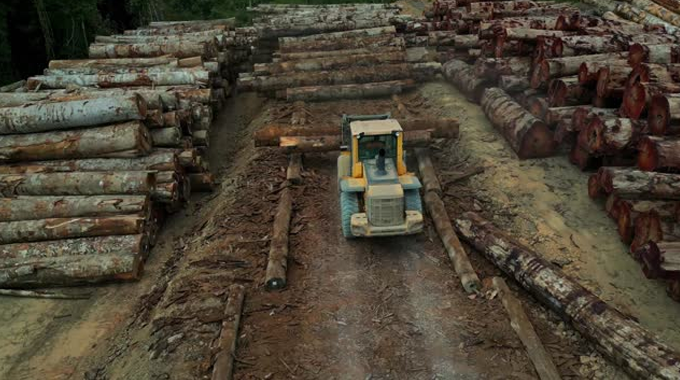
Sustainable Logging Practices
Sustainable logging practices are essential for maintaining the long-term health of forest ecosystems. This includes selective logging, which targets specific trees for harvest while preserving the overall structure and biodiversity of the forest. Practices such as clear-cutting are minimized or avoided in favor of methods that reduce soil erosion, protect water quality, and maintain wildlife habitats. By implementing sustainable logging practices, forest managers can ensure that timber resources are available for future generations.
Economic Benefits of Timber Harvesting
Timber harvesting provides significant economic benefits, including job creation and revenue for local communities. The timber industry supports a wide range of jobs, from logging and transportation to processing and manufacturing. Revenue generated from timber sales can be reinvested into forest management activities, infrastructure development, and community projects. By managing forests for timber production in a sustainable manner, economic benefits can be realized without compromising environmental integrity.
Long-term Forest Health and Regeneration Strategies
Ensuring the long-term health of forests requires effective regeneration strategies. This involves replanting trees, managing young forest stands, and protecting seedlings from pests and diseases. Natural regeneration, where forests are allowed to regrow naturally after logging, is also a key strategy. By prioritizing long-term forest health and regeneration, forest managers can create resilient ecosystems capable of withstanding environmental changes and pressures.
Recreation Opportunities

Designing Recreational Activities with Minimal Environmental Impact
Recreational activities such as hiking, camping, and wildlife viewing are popular uses of forest areas. Designing these activities with minimal environmental impact is crucial to preserving forest health. This includes establishing designated trails, campsites, and viewing areas to prevent habitat disturbance and soil erosion. Education and awareness programs for visitors also play a vital role in promoting responsible recreation practices.
Infrastructure Development for Hiking, Camping, and Other Activities
Developing infrastructure for recreational activities involves creating facilities that enhance visitor experience while protecting the environment. This includes constructing trails, campsites, picnic areas, and information centers. Infrastructure development must consider accessibility, safety, and environmental sustainability. Well-planned infrastructure can support increased recreational use without compromising forest ecosystems.
Balancing Public Access with Conservation Needs
Balancing public access with conservation needs is a critical aspect of managing forests for recreation. This requires zoning areas for different uses, such as high-use recreational zones and sensitive conservation areas with restricted access. By carefully managing public access, forest managers can provide enjoyable recreational experiences while ensuring that conservation objectives are met.
Wildlife Conservation


Protecting Habitats and Biodiversity
Protecting habitats and biodiversity is fundamental to wildlife conservation. This involves preserving a variety of habitats, from old-growth forests to wetlands, to support diverse species. Habitat protection measures include creating buffer zones around sensitive areas, maintaining connectivity between habitats, and controlling invasive species. Protecting biodiversity ensures that forest ecosystems remain resilient and functional.
Integrating Wildlife Corridors and Protected Areas
Integrating wildlife corridors and protected areas into forest management plans is essential for supporting wildlife populations. Wildlife corridors connect fragmented habitats, allowing animals to move freely and access resources. Protected areas provide safe havens where wildlife can thrive without human interference. By incorporating these elements into forest management, wildlife conservation efforts can be significantly enhanced.
Monitoring and Managing Wildlife Populations
Monitoring and managing wildlife populations involves tracking species health, abundance, and distribution. This data is used to inform management decisions, such as adjusting hunting quotas, controlling invasive species, and restoring habitats. Active management ensures that wildlife populations are maintained at sustainable levels, contributing to overall ecosystem health.
Integrating Multiple Uses
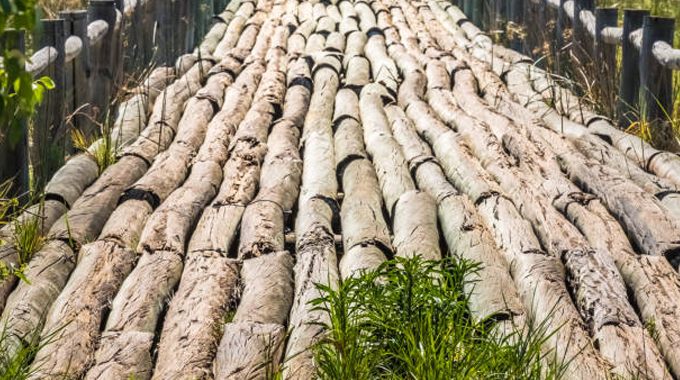
Strategies for Balancing Timber, Recreation, and Wildlife Objectives
Balancing timber, recreation, and wildlife objectives requires integrated management strategies. This includes adaptive management, where practices are adjusted based on monitoring and feedback. Collaborative planning with stakeholders, including government agencies, local communities, and conservation organizations, ensures that diverse interests are considered. By employing these strategies, forest managers can achieve a harmonious balance between multiple forest uses.
Collaborative Planning with Stakeholders
Collaborative planning involves engaging various stakeholders in the decision-making process. This includes holding public consultations, forming advisory committees, and fostering partnerships. Stakeholder collaboration ensures that forest management plans are inclusive and reflect the needs and values of all parties involved. Effective collaboration can lead to more sustainable and accepted management outcomes.
Challenges and Solutions
Conflicting Interests and Resource Competition
Conflicting interests and resource competition are common challenges in managing forests for multiple uses. This includes competition between timber harvesting and wildlife conservation, or between recreational use and habitat protection. Addressing these conflicts requires clear communication, compromise, and innovative solutions that balance competing needs. Conflict resolution strategies include mediation, stakeholder engagement, and the development of integrated management plans.
Addressing Environmental Impacts of Mixed-use Management
Mixed-use management can have various environmental impacts, such as habitat fragmentation, soil erosion, and pollution. Addressing these impacts involves implementing mitigation measures, such as erosion control practices, habitat restoration projects, and pollution prevention strategies. Regular monitoring and assessment help identify and address environmental impacts promptly. By proactively managing these impacts, forest health can be preserved.
Innovative Approaches to Overcome Challenges
Innovative approaches are essential for overcoming challenges in multifaceted forest management. This includes the use of technology, such as remote sensing and geographic information systems (GIS), to monitor forest conditions and plan management activities. Other innovations include sustainable forestry certifications, ecosystem-based management, and community-based conservation programs. Embracing innovation can enhance the effectiveness and sustainability of forest management practices.
Policy and Regulation
Role of Government Policies in Supporting Multiple-use Management
Government policies play a crucial role in supporting multiple-use forest management. Policies that promote sustainable forestry, conservation, and public access provide a framework for integrated management. These policies include regulations on logging practices, protected area designation, and recreation management. Government support through funding, incentives, and enforcement ensures that forest management objectives are achieved.
Compliance with Environmental Regulations and Standards
Compliance with environmental regulations and standards is essential for responsible forest management. This includes adhering to laws related to timber harvesting, wildlife protection, and recreation management. Compliance ensures that forest activities are conducted sustainably and ethically. Regular audits, inspections, and reporting help maintain accountability and transparency in forest management practices.
Incentives for Sustainable Forest Management Practices
Incentives for sustainable forest management practices encourage forest owners and managers to adopt environmentally friendly approaches. These incentives include tax breaks, grants, and certification programs. By providing financial and technical support, incentives promote practices that enhance forest health, biodiversity, and resilience. Incentivizing sustainable management benefits both the environment and the economy.
Community Involvement
Engaging Local Communities in Forest Management
Engaging local communities in forest management fosters stewardship and support for conservation efforts. This involves involving communities in decision-making, offering educational programs, and creating opportunities for participation. Community involvement ensures that management plans reflect local knowledge and values, leading to more effective and accepted outcomes. Empowering communities enhances their role in sustaining forest ecosystems.
Educational Programs and Awareness Campaigns
Educational programs and awareness campaigns raise public understanding of the importance of multifaceted forest management. These initiatives include workshops, school programs, and media campaigns that highlight sustainable practices, conservation benefits, and recreational opportunities. Education fosters a sense of responsibility and encourages public support for forest management efforts.
Benefits of Community Participation in Sustaining Forest Ecosystems
Community participation in forest management offers numerous benefits, including increased conservation awareness, enhanced local economies, and improved forest health. By involving communities, forest managers can leverage local knowledge, resources, and commitment. Community-led initiatives, such as tree planting, habitat restoration, and monitoring programs, contribute to the sustainability and resilience of forest ecosystems.
Frequently Asked Questions (FAQs)
- What is multifaceted forest management?
Multifaceted forest management is an approach that balances various objectives such as timber production, recreational activities, and wildlife conservation to sustainably manage forest ecosystems. - Why is sustainable logging important?
Sustainable logging practices ensure that timber harvesting does not deplete forest resources or harm the environment, maintaining forest health and productivity for future generations. - How does timber production benefit the economy?
Timber production creates jobs, generates revenue for local communities, and supports a wide range of industries, contributing significantly to the economy. - What recreational activities are commonly supported in managed forests?
Common recreational activities include hiking, camping, wildlife viewing, and picnicking. These activities are designed to be environmentally friendly to minimize impact on the forest ecosystem. - How can recreational use be balanced with conservation needs?
Balancing recreational use with conservation involves zoning areas for different uses, creating designated trails and campsites, and educating visitors on responsible recreation practices to minimize environmental impact. - What are wildlife corridors and why are they important?
Wildlife corridors are natural pathways that connect fragmented habitats, allowing animals to move freely and access resources. They are crucial for maintaining biodiversity and supporting healthy wildlife populations. - How do forest managers protect habitats and biodiversity?
Forest managers protect habitats and biodiversity by preserving a variety of habitats, creating buffer zones, maintaining habitat connectivity, and controlling invasive species. - What challenges arise in managing forests for multiple uses?
Challenges include conflicting interests between timber production, recreation, and wildlife conservation, resource competition, and environmental impacts of mixed-use management. - How are conflicting interests and resource competition addressed?
Conflicting interests and resource competition are addressed through clear communication, compromise, innovative solutions, and collaborative planning with stakeholders. - What role do government policies play in forest management?
Government policies provide a framework for sustainable forest management, including regulations on logging, protected area designation, and recreation management. They also offer funding and incentives to support sustainable practices. - How can local communities get involved in forest management?
Local communities can participate in forest management through decision-making processes, educational programs, and community-led initiatives such as tree planting and habitat restoration. - What are some emerging trends in forest management?
Emerging trends include climate change adaptation, ecosystem-based management, and the use of advanced technologies such as remote sensing and data analytics to improve forest management practices. - How do technological advancements impact forest management?
Technological advancements enhance forest management by providing precise and timely information on forest conditions, facilitating monitoring and enforcement, and improving decision-making and planning. - What is the vision for the future of multifaceted forest management?
The vision for the future of multifaceted forest management involves a holistic and adaptive approach that integrates ecological, economic, and social objectives, fostering collaboration, innovation, and sustainability.

Gilbert Griffin
Forestry AuthorGilbert Griffin is a forest management expert specializing in sustainable practices, forest health, conservation, and land management. With extensive knowledge in pest control, disease management, and habitat restoration, Gilbert develops strategies to preserve forest ecosystems and biodiversity. Passionate about the natural world, Gilbert adapts to changes in forest management and stays updated through continuous learning. Gilbert also provides seasonal advice to optimize forest care throughout the year.



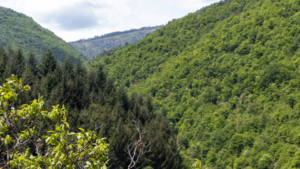


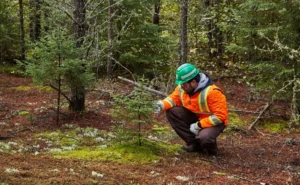
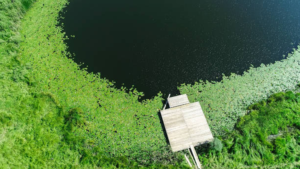
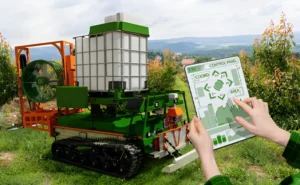

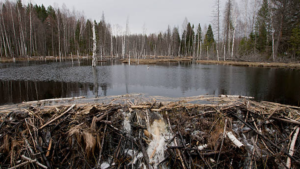
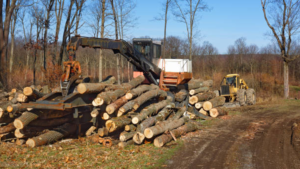

Leave your comment